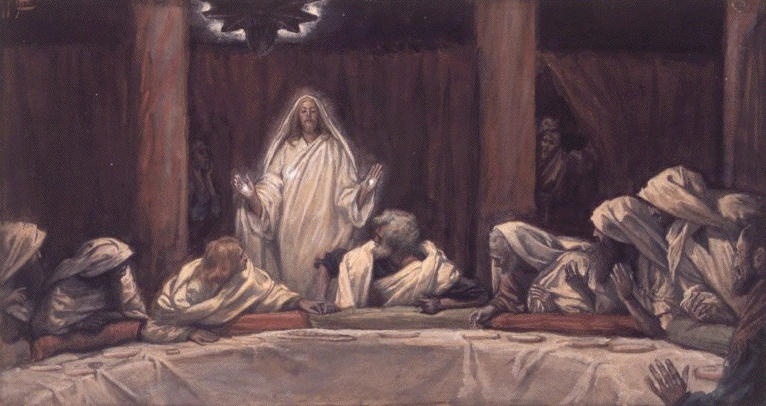
One of the programs I like to watch is a program on The Learning Channel called “Long Lost Family.” The premise of the show is quite simple, a family member is in search of another family member that they have either never met, or it has been many years since they have last seen each other. More often than not, it involves an adoption and either a sibling is searching, or a child is searching. Like most things on television these days, it always ends with a teary reunion of sorts.
Recently, I have had my experience with finding long lost family members. This had nothing to do with adoption but rather distance and will take a little time to explain.
My maternal grandparents had each been married before their marriage. Each spouse had died and left each of them with three children. My grandfather had one boy, and three girls and my grandmother had three girls. After their marriage, they had four additional children, all girls, together and I am a descendant of one of those children. Over the years the family, for a variety of reasons, had lost touch with the three kids of my grandfather’s first marriage until several years ago, when through a chance conversation over lunch, we were reunited with a cousin that we had not had contact with since the 1970’s.
But the search for any relatives from one of the other girls, Frances, always seemed to come to a dead end. She was divorced from her first husband and married to another man whose last name was the only piece of information we had, and this had come from an obituary from the 1970’s. Search after search on Ancestry brought up nothing at all for information until last week.
While looking for information on another relative, I came across the family tree of someone who had some of the same people in her tree that I had in mine and low and behold one of them was Frances. The disappointing part was she only had the same information that I had about Frances, birth date, and place but no record of death. A family story laced her death at some time in the late 1970’s around 1974.
But what this tree had that I did not have one mine was a complete listing of France’s children and in some cases their children. So I started a search to find a living relative, and this brought me to Facebook.
Armed with necessary information from the tree that I found, as well a census information, I was able to determine where this one particular person was born and where they had gone to high school. So I searched Facebook for someone with that name, and that had gone to high school in that same city. Bingo, I got a hit. I felt like I was in an episode of “Long Lost Family.” I sent a Facebook message and a friend request, and then I waited.
The next day I received an answer to my message, and it was my first cousin once removed. After literally 20 plus years of searching, we had found the long lost family members and started sharing all sorts of stories about her particular branch of the family.
What a joy it is to connect with relatives no matter how distant they are. It also shows that no matter the road block, perseverance in genealogy work eventually pays off. One little bit of obscure information will lead to another piece that leads to another part.
There has been a lot of negative things written about social media and what it is doing to society, well for this writer, social media led me to find family members that I had been searching for, and that makes all of the nonsense worth it.


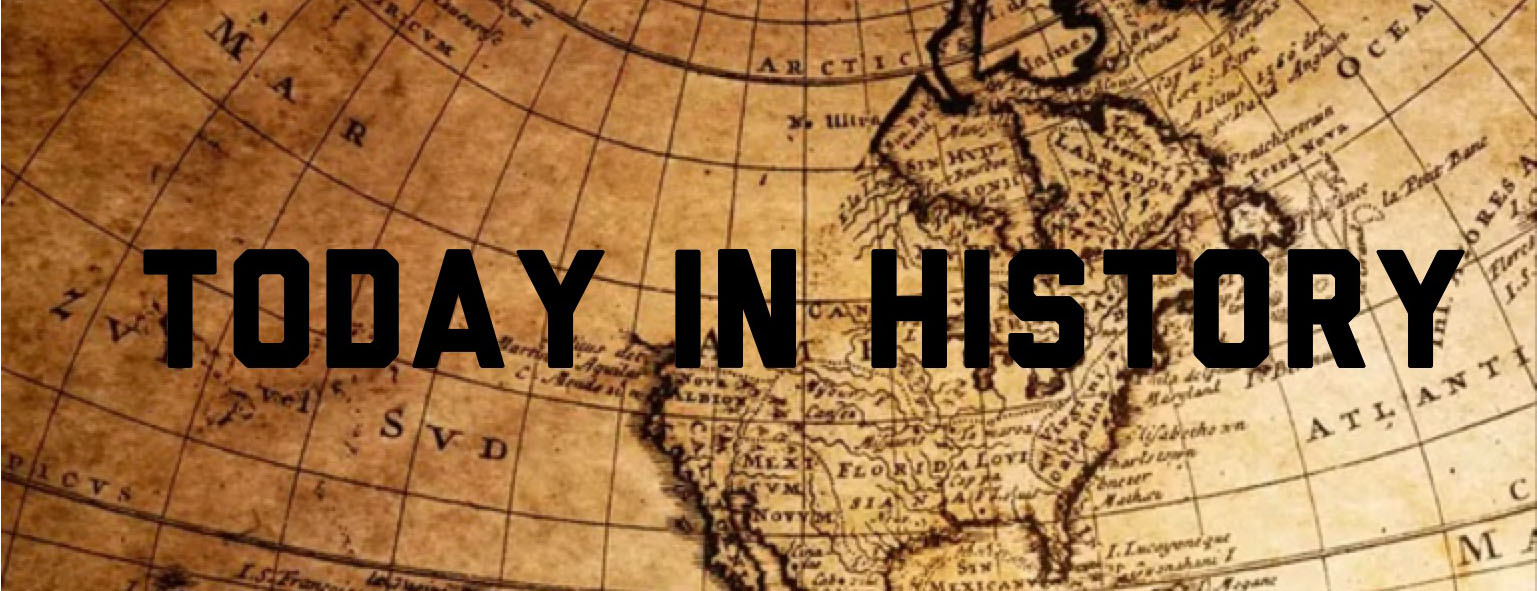


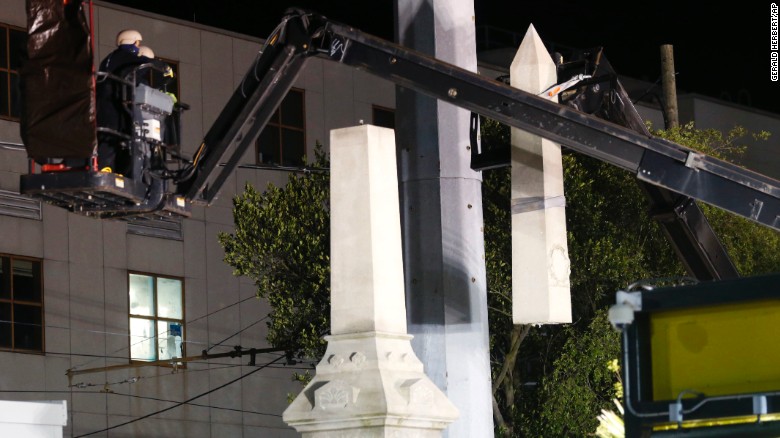

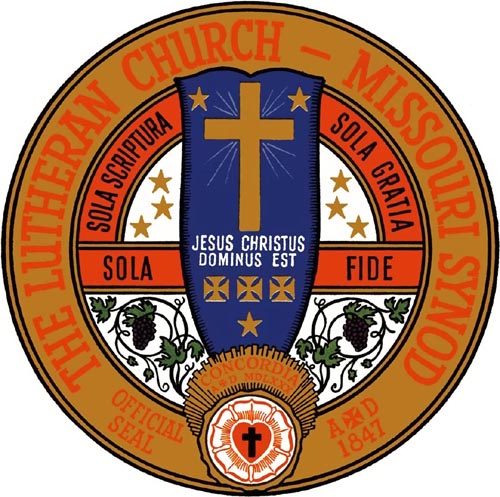
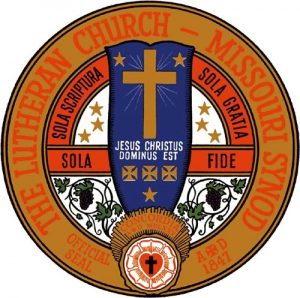 On April 26, 1847, 12 pastors representing 14 German Lutheran Congregations met in Chicago, Illinois and formed the German Lutheran Synod of Missouri, Ohio, and the Other States. The first leader and the man considered to be the founder was
On April 26, 1847, 12 pastors representing 14 German Lutheran Congregations met in Chicago, Illinois and formed the German Lutheran Synod of Missouri, Ohio, and the Other States. The first leader and the man considered to be the founder was 
